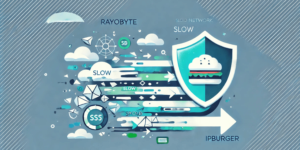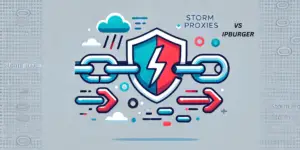Welcome to the world of machine learning and web scraping APIs! With the rise of digital technology, these two powerful tools have become increasingly potent in the business world.
This article will explore the basics of machine learning and web scraping APIs and why they are important for businesses. So put on your thinking caps and dive into the wonderful world of data-driven decision-making!
Definition of Machine Learning and Web Scraping APIs
Machine learning is a type of artificial intelligence (AI) that allows computers to learn without being explicitly programmed. It focuses on developing computer programs that can access data and use it to learn for themselves.
So, we should be kinder to our electronics. You know, just in case.
Web scraping is the process of extracting data from websites. It involves using a program to automatically get information from websites and store it in a structured way.
Web scraping APIs are Application Programming Interfaces (APIs) that allow developers to extract data from a website in an automated fashion. These APIs are typically used to extract structured data from web pages and provide it in an easier format for users to consume and manipulate. Web scraping APIs can gather information from various web-based sources, such as online reviews, news articles, social media posts, and web pages. The data gathered from web scraping APIs can be used for many applications, including sentiment analysis, trend analysis, and personalization.
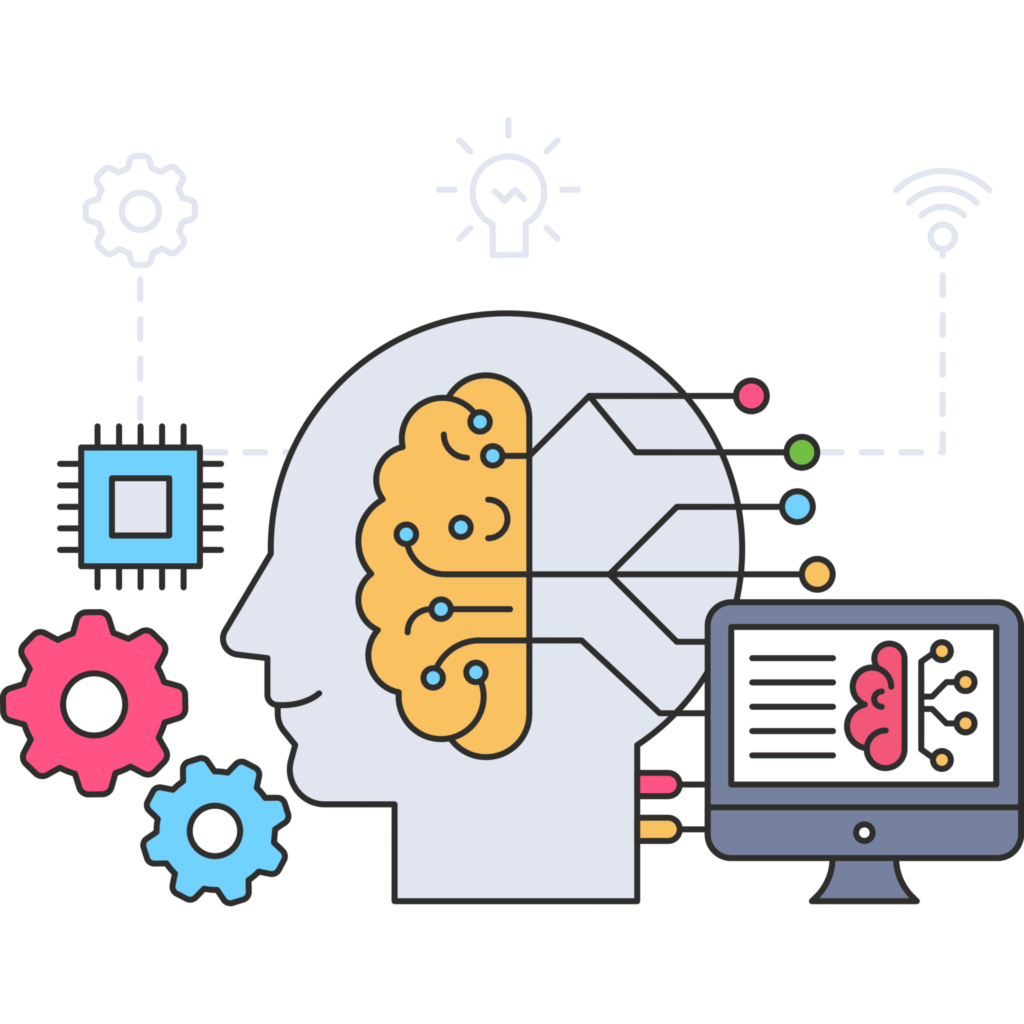
The relationship between machine learning and web scraping APIs
Web scraping APIs can collect large amounts of data from the web, which can then be used to train supervised and unsupervised machine learning algorithms.
For example, web scraping APIs can be used to collect text, images, audio, and video from various sources on the web, which can then be used to train natural language processing (NLP) algorithms.
Web scraping APIs can also get information from social media sites to train algorithms that analyze people’s feelings. (Good luck!)
In short, web scraping automates machine learning so that AI can inform itself.
Benefits of Leveraging Machine Learning and Web Scraping APIs
Machine learning and web scraping make collecting and analyzing data easier and faster.
Businesses can save time and money by using automated algorithms and processes to collect, organize, and analyze data.
Machine learning and web scraping can also improve the quality of the data collected because they can find and pull relevant data from many different sources.
Lastly, machine learning and web scraping make it possible for businesses to get information from various sources. By being able to access data from a variety of sources, businesses can gain insights into a variety of markets and industries, allowing them to make better-informed decisions.
Let’s take a closer look at the advantages of machine learning and web scraping APIs:
- Reduced Cost: Automated web scraping is more cost-effective than manually collecting data.
- Improved Decision Making: Machine learning algorithms can help make better decisions based on the collected data.
- Automated Personalization: Machine learning algorithms can help personalize user experiences based on past behaviors.
- Improved Analysis: Algorithms for machine learning can help find trends and patterns in data that can’t be found by hand.
- Increased Accuracy and Efficiency: Web scraping APIs can get data from websites more quickly and accurately by using machine learning algorithms. Then, this information can be used to make models that can predict the future, analyze customer data, and even automate tasks like comparing prices.
- Automated Data Collection: Web scraping APIs can be used to automate data collection
- Better security: Web scraping APIs can find malicious content on web pages by using machine learning algorithms. This helps protect businesses from security threats.
- Better Data Analysis: Web scraping APIs can help businesses use machine learning algorithms to better analyze their data. This gives them more in-depth insights. This can help businesses make better decisions, optimize operations, and stay competitive.
How to Leverage Machine Learning and Web Scraping APIs
Step 1: Identify Desired Data
To use machine learning and web scraping, the first step is finding the data you want. In this step, you define the data used by the machine learning algorithm and choose where the data will come from.
Step 2: Collect and Clean Data
After figuring out what data is needed, the next step is to collect and clean it. Cleaning the data may involve doing simple things like eliminating duplicates or putting it in a format that the machine learning algorithm can use.
Step 3: Set Up the Machine Learning Algorithm
Once the data is collected and prepared, it’s time to set up the machine learning algorithm that will be used to process and analyze the data. This will require picking the right algorithm and setting it up so that it works with the data and gives the desired result.
Once the algorithm is set up, it’s important to test it and ensure it’s working correctly. This can be done by running small tests and evaluating the results. If any problems are found, they should be dealt with and fixed before the full analysis can be done.
Once the algorithm works correctly, it can then be used to process and analyze the collected data. Depending on what you want to happen, you may need to take extra steps to interpret and present the results in a way that makes sense.
Step 4: Implement the Machine Learning Algorithm
- Choose an appropriate ML algorithm. Different algorithms may work better depending on how hard the task is and how much data you have. Consider factors such as accuracy, speed, scalability, and interpretability when selecting an algorithm.
- Gather and prepare the training data. This may involve cleaning, normalizing, transforming, and labeling the data.
- Train the model. This means putting the training data into the model and adjusting the parameters to get the best results.
- Test the model. Check how well the model works on data it has yet to see before and make sure it’s accurate enough.
- Deploy the model. Integrate the model into the application and monitor its performance in real-world scenarios.
- Monitor the model. Monitor the model’s performance and look for signs of degradation or drift. Retrain or adjust the parameters as needed.
Challenges of Leveraging Machine Learning and Web Scraping APIs
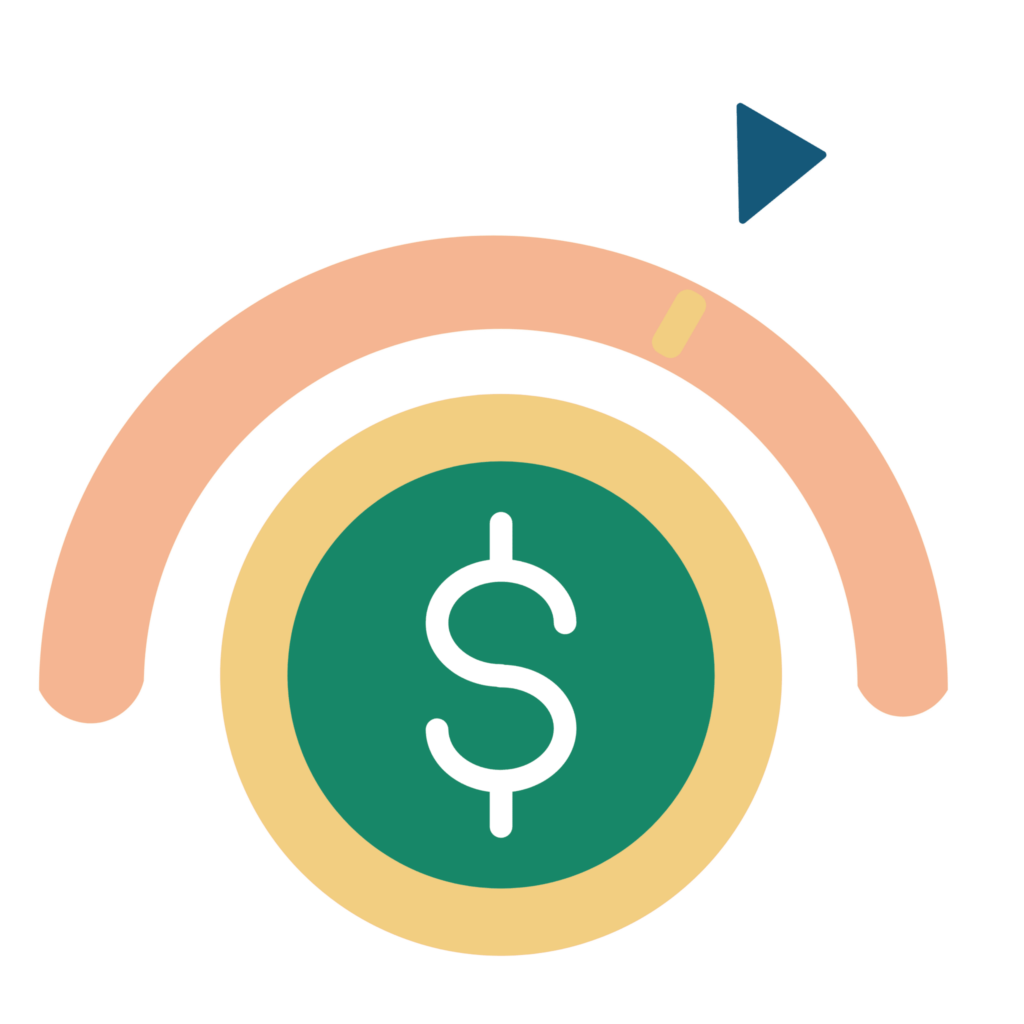
Cost of Implementation
The cost of implementing machine learning and web scraping can be quite high. Depending on the project’s scope and the required resources, the costs can range from a few hundred to tens of thousands. Also, the system needs to be made and maintained by people with the right skills and training. This can further increase the cost of implementation.
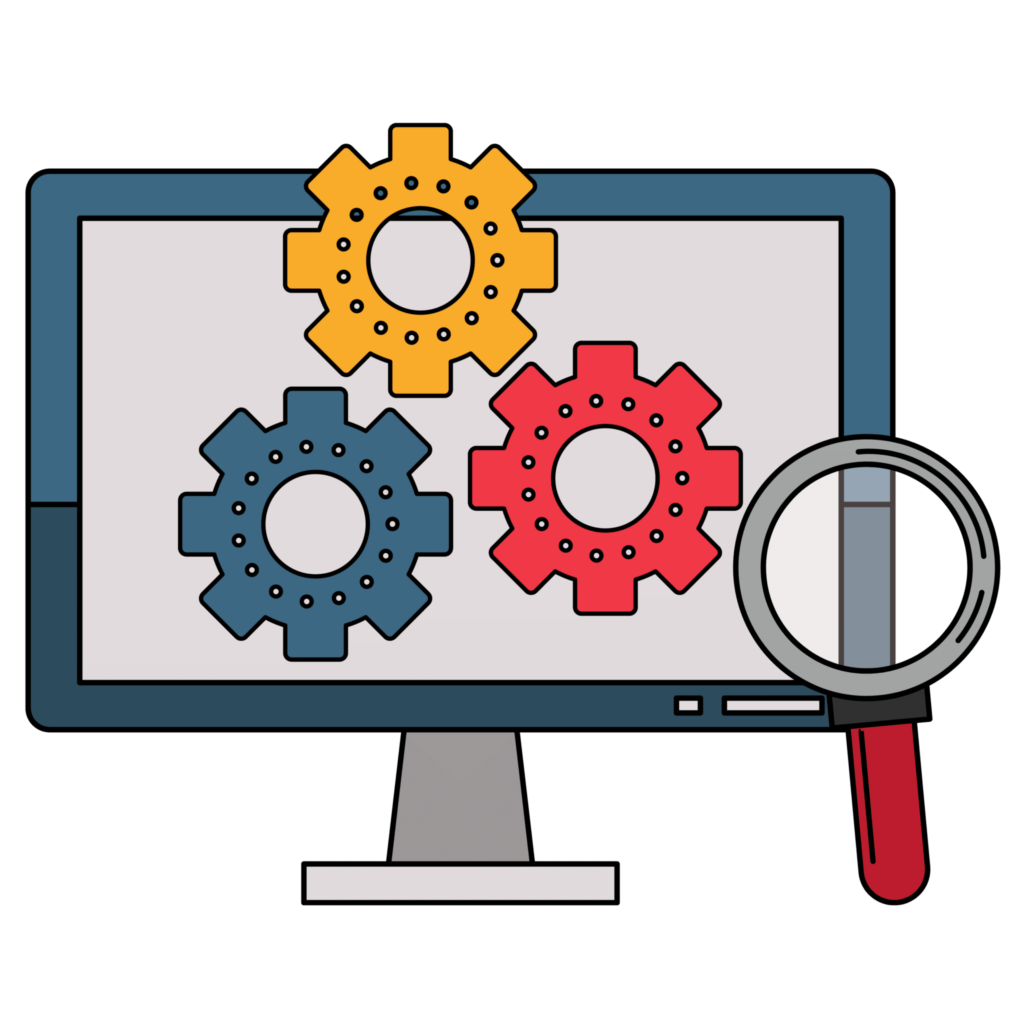
Technical Challenges
There are several technical challenges associated with leveraging machine learning and web scraping. These include collecting and preparing data, designing features, choosing and training models, and using models.
Also, algorithms need to be made so that large datasets can be processed quickly and so that problems like data leakage, overfitting, and bias can be found and fixed.
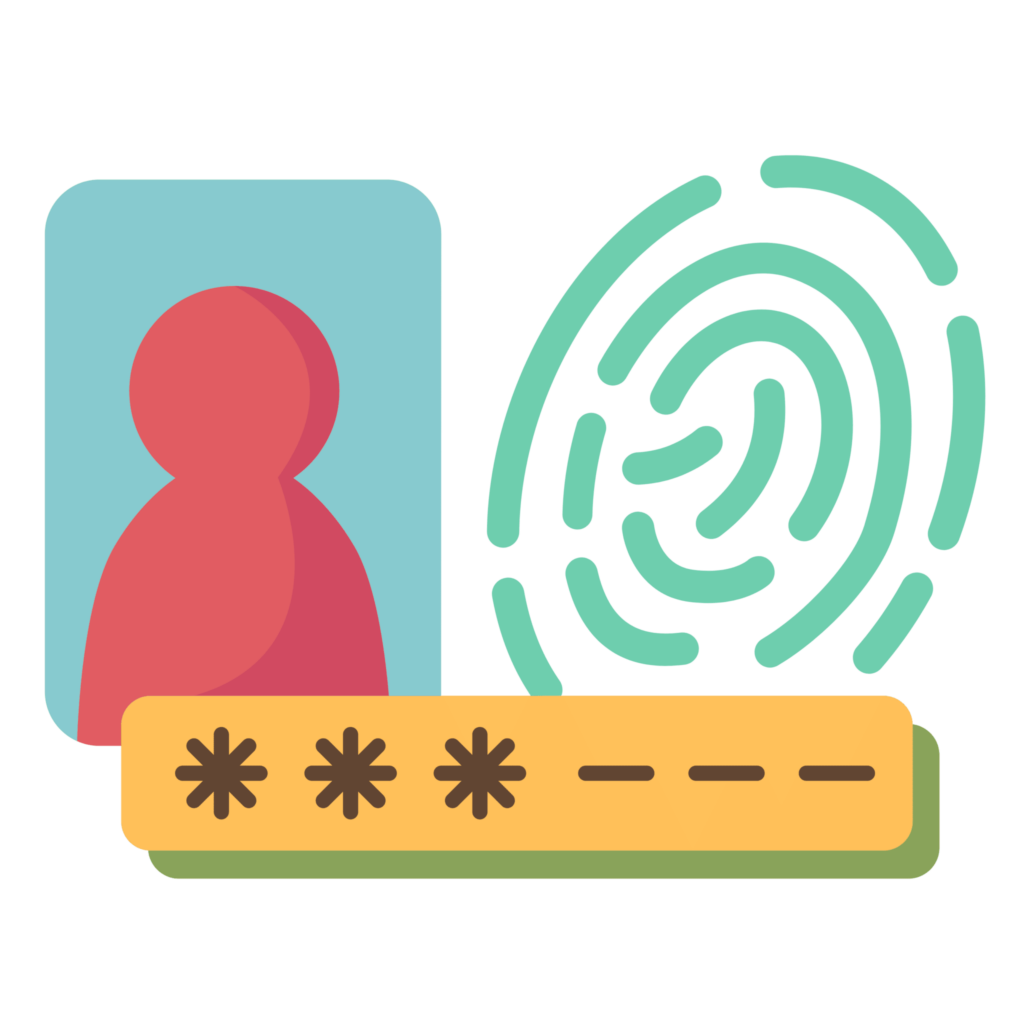
Privacy & Security Issues
One of the biggest problems with machine learning and web scraping is that they could cause privacy and security issues. When someone scrapes a website, they can get sensitive personal information like names, addresses, and financial information. This information can be used to find out who someone is. Also, bad people can use machine learning algorithms to get private information like credit card numbers and passwords.

Accuracy & Reliability
When using machine learning and web scraping, it’s also important to make sure that the collected data is accurate and trustworthy. Errors can happen when web scraping because the data that is collected may need to be completed or may be wrong. Also, machine learning algorithms can make mistakes because the data used to train them can give them a bias. Because of this, it is important to make sure that the data and algorithms used for web scraping and machine learning are good.
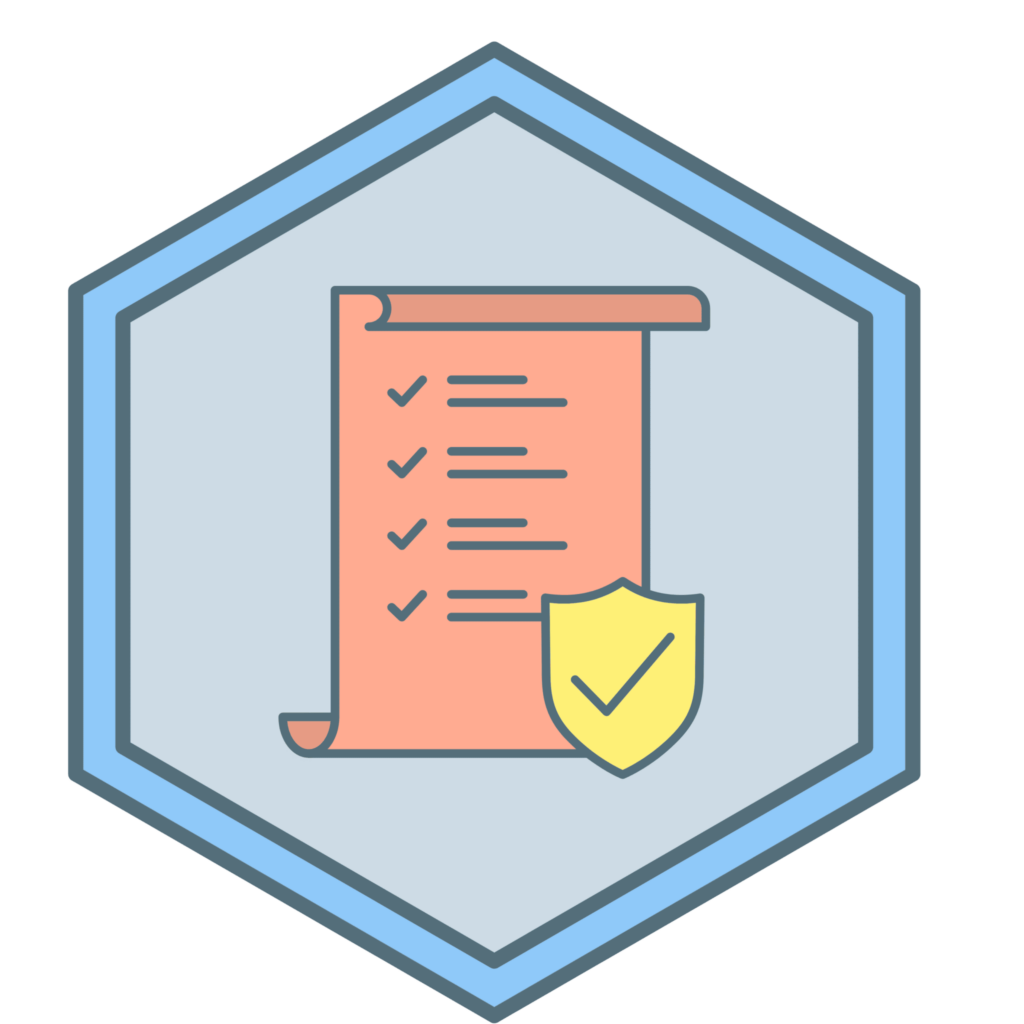
Regulatory Compliance
Lastly, it is important to consider what using machine learning and web scraping mean from a legal and regulatory point of view. When collecting and using data, organizations must make sure they are in line with relevant data protection laws, such as GDPR and the CCPA.
Additionally, organizations must also ensure that they are not violating any terms of service.
The Future of Business Intelligence
The future of machine learning and web scraping APIs is auspicious. With the right tools and techniques, these technologies will continue to become more powerful and easier to use.
Using machine learning and web scraping can help businesses in many ways, such as by making them more efficient, saving them time and money, and making it easier for them to access valuable data.
But using these technologies comes with some challenges, like making sure the data is correct and reliable, dealing with privacy and security issues, and understanding how complicated the technologies are.
Before using machine learning and web scraping, it’s important to think carefully about these problems and ensure that the data collected is used properly.
Using Proxies to Overcome Web Scraping Challenges
IPBurger’s rotating residential proxies give businesses and organizations easy access to data from various online sources, which can be used for machine learning and web scraping.
Companies can ensure that the data sources they use are safe and reliable by using residential proxies that change over time. This lets them get the most out of their machine learning and web scraping projects.


